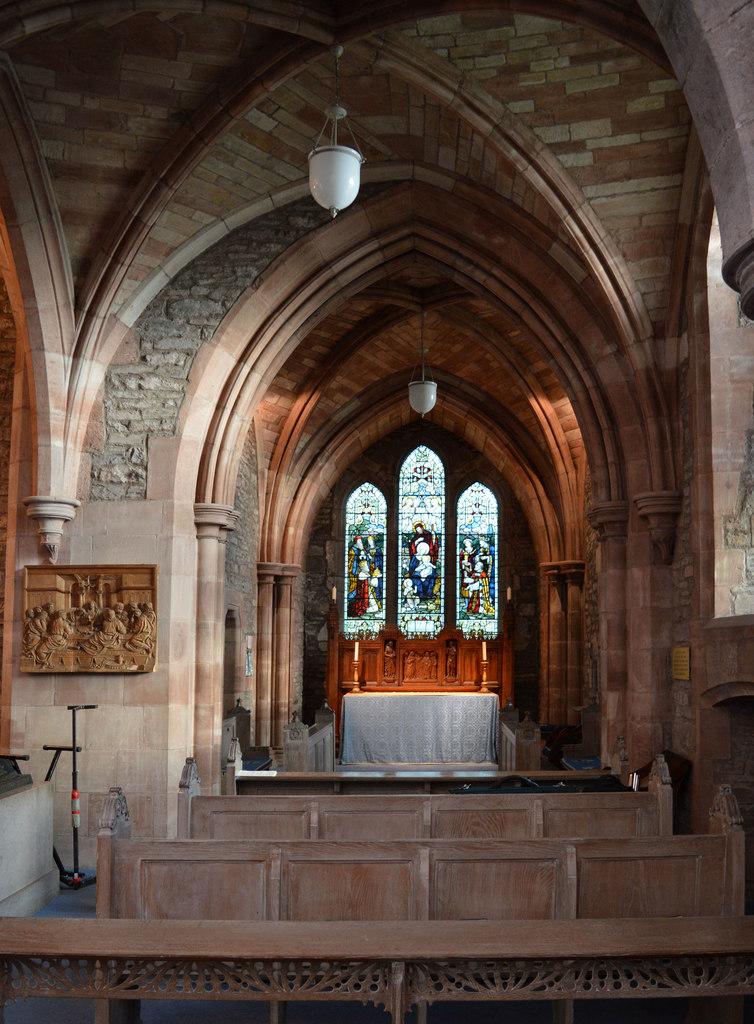St Mary the Virgin
Brecon, Powys
St Mary's has occupied this site for over 900 years, although we are uncertain of the date of consecration.

The Cathedral welcomes everyone who passes through, if you are visiting as a tourist, come to offer your personal prayers and light a candle, or interested in history, architecture or stained glass windows.
Brecon, Powys
Brecon Cathedral started life in 1093 as the Benedictine Priory of St John the Evangelist, built by the Normans on the site of an earlier Celtic church. At the dissolution of the monasteries in 1537 it became Brecon's parish church. It became a Cathedral only in 1923, on the establishment of the Diocese of Swansea and Brecon.
Although a building of relatively modest proportions, the Cathedral is set in a walled Close, unique in Wales. The remains of the former monastic buildings today provide the administrative centre for the Diocese as well as housing for the Cathedral clergy and a Heritage Centre and Restaurant. This remarkable collection of buildings is the finest of its kind in Wales.
Brecon, Powys
St Mary's has occupied this site for over 900 years, although we are uncertain of the date of consecration.
Brecon, Powys
The first chapel on this site was a meeting room in a building also used as a pub called The Plough, which stood here in the 17th century.
Llanfrynach, Glamorgan
Medieval wall paintings and tomb carvings in a church which has completely escaped modernisation.